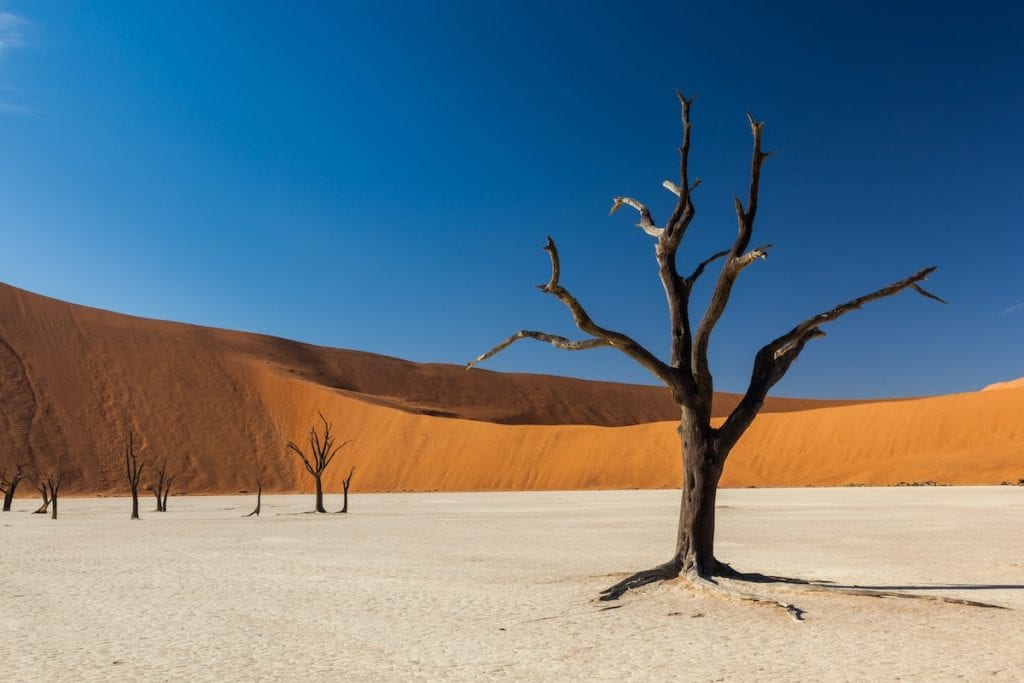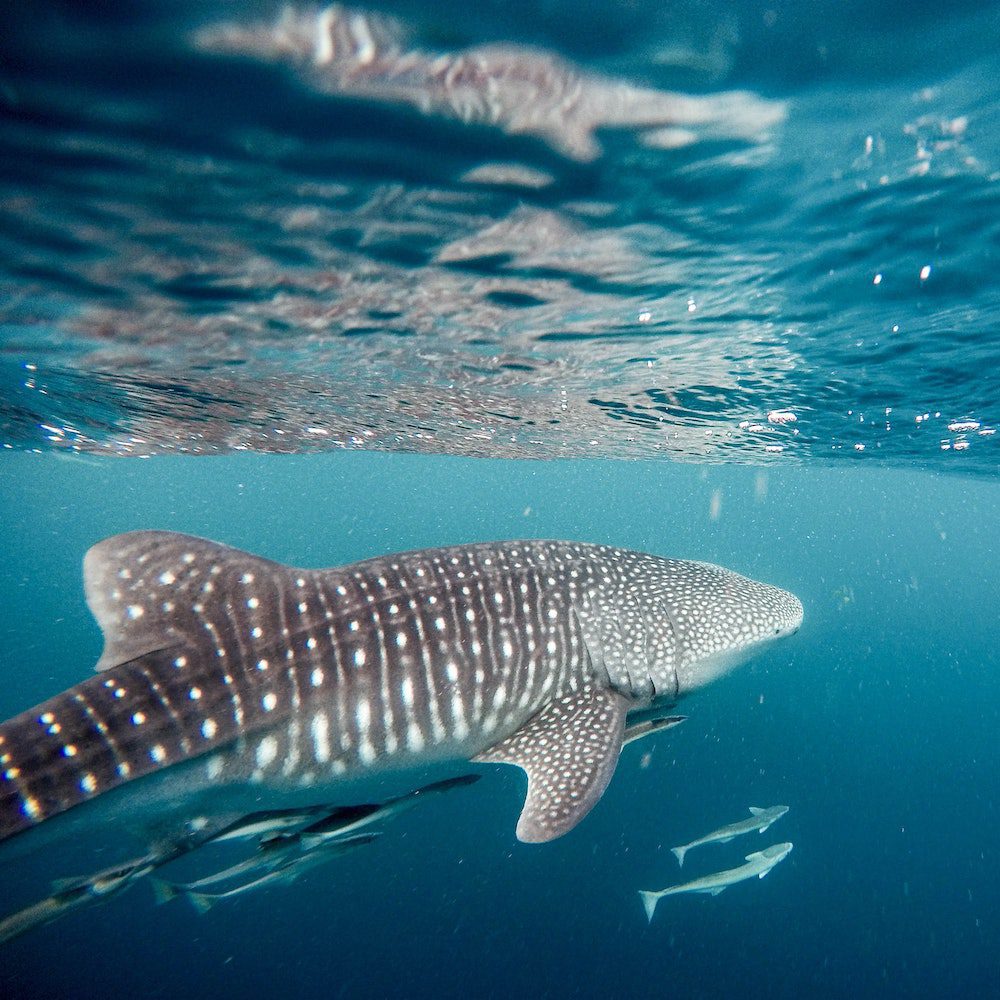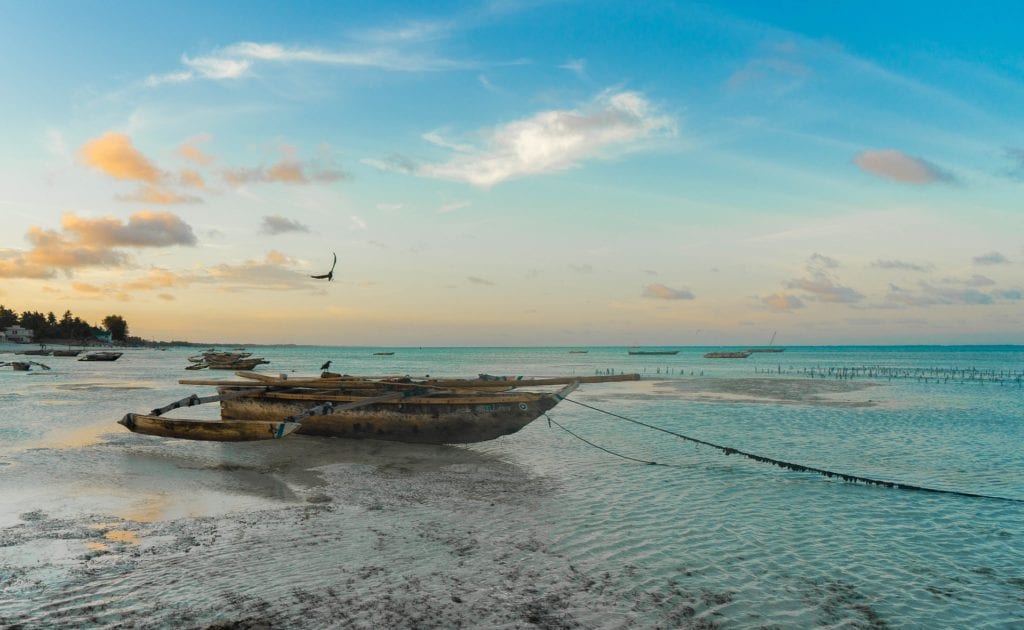A YEAR IN AFRICA
When to Visit, Month by Month
Grassy plains teeming with wildlife, elephants bellowing into the warm sunset, herds of gazelle quietly grazing with one cautious eye turned to the horizon in constant vigil of prowling lion, flocks of flamingo flowing in balletic choreography on the shores of an expansive lake encompassed by sparsely wooded hillsides.
This is Africa… at least, the Africa of guide books and wildlife documentaries.
This common perception of this vast continent belies its diversity. From the rugged southern cape to the cascading dunes of Morocco; from the tropical beaches of the Seychelles to the snowy peak of Mount Kilimanjaro rising from the grasslands of Tanzania.
This vast continent spans the equator, falling into both the northern and southern hemispheres and is three times the size of the US, accounting for one-fifth of the world’s entire land area.
Put simply, Africa is huge and, as such, offers an equally huge variety of travel opportunities.
Africa is a continent of seasons, with the ebb and flow of nature and climate in continual flux throughout the year. Wonderful experiences are easily missed if planning your vacation without the extensive knowledge of expert travel designers.
Each month presents a unique offering, be it witnessing the Great Migration as it surges through Kenya, avoiding Tanzania’s rainy season or taking advantage of prime gorilla-trekking conditions in Uganda.
Here is my simple guide to some of Africa’s key moments throughout the year:
JANUARY: The Gorillas of Uganda
Uganda’s lofty Bwindi Impenetrable Forest ranges from 3,800 to 8,500 feet above sea level, towering upwards into and even beyond the clouds. This elevation makes it wet year-round, and raincoats and sturdy hiking boots are essential. January, however, is less prone to downpours and one of the most ideal times of the year to view the incredible mountain gorilla at peace in their natural habitat.

FEBRUARY: Calving Season on the Serengeti
Several African countries enjoy a flourish of new life in February, but the Serengeti is one of the most perfect locations to capture the calving season of many plains herbivores. Gazelle, impala, wildebeest and zebra swarm across the grasslands in a continual drifting current of life and activity. Take to the air to take in the vast spectacle or jump on horseback to be accepted into the herds and experience the sights and smells in close proximity.

Photo: @ naturalselectiontravel
MARCH: The Great Migration
Taking place over several months, March is somewhat the peak of the Great Migration. Millions of ruminants journey from north to south and back again each year, following the rains and fresh grasses from Kenya’s Maasai Mara in the north to the shores of Tanzania’s Lake Eyasi in the south. The 1,200-mile journey continues throughout the year, but March is particularly dramatic, with the growing youngsters piquing the interests of predators in a dramatic crescendo of activity.
APRIL: The Wet & the Dry
Rainy season is in full flood in much of east Africa, making tented safaris on the plains far from favorable. Though Zambia does suffer somewhat from this deluge, it also benefits from it spectacularly, with Victoria Falls coming into full flood in a cacophony of whitewater.If you wish to avoid the downpours, Namibia is wonderful at this time of year. Moving into Autumn, it is a little cooler and the Skeleton Coast and inland Windhoek desert region are simply captivating.

MAY: A Change in Seasons
May is a month of full change, with the rain taking hold to the north, while the climate is cooler and drier in the south. Kruger National Park is the perfect safari destination, with temperatures comfortable from daylight to starlight. Sabi Sands is quieter at this time of year and you may well find yourself the few spectators to the park’s remarkable abundance of nature.
JUNE: Life in Abundance
The Okavango Delta is teeming with life at this time of year and, while you may need to seek shelter from time to time, the height of the rainy season has passed, leaving behind a network of waterways and estuaries that attract elephant, buffalo, impala and a plethora of wildfowl from thousands of miles away.

This is also a great time to step from the mainland and venture to Madagascar. Located below the equator, it is technically winter on the African island – approximately twice the size of our home state of Colorado. However, the temperate climate makes June a wonderfully comfortable time to visit this remarkable country with its unique wildlife found nowhere else in the world.
JULY: Your Second Chance
The great migration is moving northwards once more, and it is at this time of year that hundreds of thousands of animals congregate on the banks of Tanzania’s Grumeti River, jostling for position in anticipation of the perilous river crossing. Crocodiles fill the riverbed, its steep sides adding additional challenge to this life-threatening spectacle of nature.

With the dry season now taking hold to the north, Uganda and Rwanda also offer exceptional gorilla-spotting conditions. Just like humans, gorilla aren’t constrained to a specific breeding season, so any time of year is likely to present a wide age range throughout the troupe, from newborns and boisterous teens to nursing mothers and the mighty, dominant silverbacks.
AUGUST: Avoid the Safari Crowds
July and August are among the busiest months in Africa, so it is an apt opportunity to explore the more unique opportunities that the continent has to offer. Climb aboard Rovos Rail and travel back in time to the decadent Agatha Christie era of luxury train travel; visit Mozambique and the tropical islands that lay beyond the shores of the mainland; or book well in advance to take advantage of many of the smaller tented camps through Kenya, Tanzania and Botswana with their exclusive limited guest numbers.
SEPTEMBER: Beyond the Maasai Mara
September is considered to be one to the best months to see the Great Migration as it nears its culmination on the plains of the Mara. The calves have grown into gambolling youths, the panic is relinquished and the herds roam freely, relaxing, grazing and uniting in a chorus of bellows, brays and honks. While this is wonderful to view, it is not without renown, and crowds can often impair a true safari experience.
Namibia’s Etosha National Park is wonderful at this time of year. Wildlife is abundant, and being mid-season, it is warm without the exhausting heat of high summer. The spectacular sunsets, dramatic landscapes and profusion of game make this an exquisite time for photography enthusiasts.

OCTOBER: From the Plains to the Ocean
The southern countries are in a flourish of life, with the rainy season over, the plains in flower and the herds at their largest, not only making the wildlife watching particularly bountiful, but also the exhilarating spectacle of the hunt more likely.
Kruger and Sabi parks are wonderful throughout October, and a tented camp incorporating plenty of game drives or horseback safaris is highly advised. For an exquisite savannah-to-sea adventure, from the grasslands you might wish to venture to the coast. Cape Town is reaching the conclusion of whale watching season, though you may still be able to catch a glimpse of the gentle-giant humpbacks. To the east, Mozambique is a diver’s paradise, with the largest fish in the sea – the whale shark – taking up temporary residence in the warm, azure ocean waters.

NOVEMBER: Central Africa is Calling
Rains to the north, dry heat in the south, central Africa gives you the balance of the two. The Okavango is an ornithologist’s dream destination at this time of year, with migrating birds filling the delta. Not yet breeding season, the energy is high and the flirtatious wildfowl are in full feather, seeking mates, feeding and nesting.
While there is a cornucopia of wildfowl, other wildlife is a little less proliferate, so you may be somewhat disappointed if you are hoping to tick off the Big Five from your bucket list.
This is also an excellent time to hop over the border to Zimbabwe for a Victoria Falls immersion. The floodwaters of the rainy season have subsided, leaving the falls fresh and clean. Challenge your nerves with a plunge in the Devil’s Pool, on the very brink of the three-hundred-foot drop.

DECEMBER: A Different Kind of Christmas
Celebrating the season of goodwill in Africa is magical, though choosing your destination carefully is essential. The Skeleton Coast of Namibia hosts a wealth of birthing seal colonies and the little pups are simply adorable to watch. Northern Africa is still rather wet, so remain south of the equator. The Kalahari can be arid at various times of the year, but enough water remains in December for it to be a little cooler and to attract plenty of nature to make a desert safari highly recommended.
Cape Town is in jubilant celebration throughout the Christmas season, however it is busy and much accommodation is booked well in advance, so traveling there spontaneously may end in disappointment.
For a truly different kind of Christmas, Zanzibar is exquisite in December. Hot and dry, it is ideal for those wishing to escape the winter chill of the northern hemisphere and thaw a little over Christmas! This stunning island, part of a small archipelago, is also the disembarking port for the more secluded islands of the chain, including Tumbatu, Pemba and the tiny Mnemba Island – a gorgeous first-class hideaway for those wishing for a romantic holiday season.

There is always a good time to visit Africa, but there are equally times during the year that some destinations are better avoided. Without the skill and experienced knowledge of our Travel Designers, you may find yourself missing the Great Migration by months, staring at empty grasslands, trapped inside during torrential downpours or gazing upon a wholly underwhelming trickle at Victoria Falls.
With Rothschild Safaris, you can choose your date and offer an idea then allow us to craft you the perfect African vacation of a lifetime.Contact our Travel Designers today.

